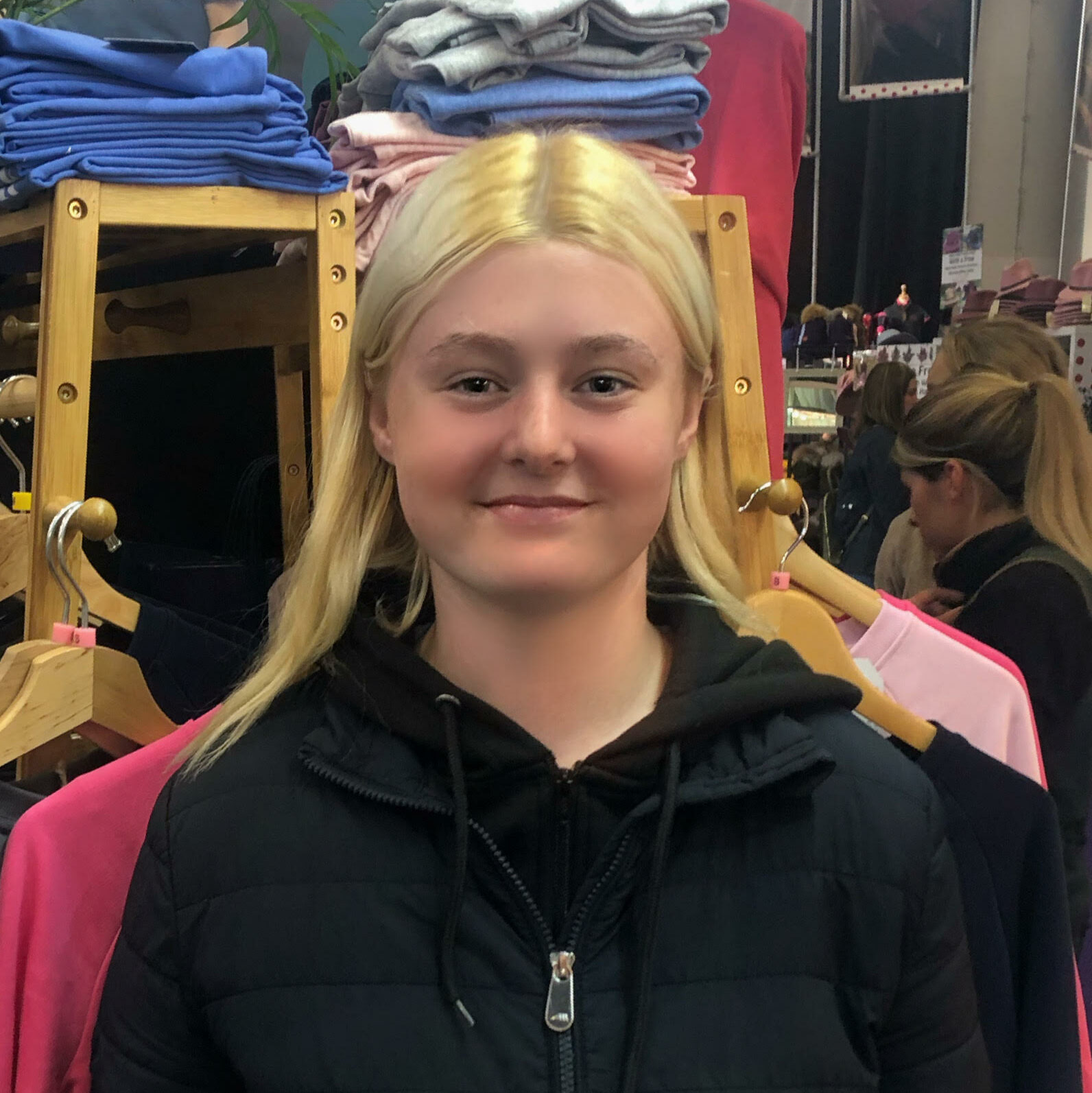The World of Showing is a huge industry, mainly based in Ireland, England, and some parts of the States. It consists of many different classes separated into different breeds and types and furthermore into different height bands.
For those of you that don’t know what showing is, it’s separated into three categories consisting of in hand, working hunter jumping, and flat showing.
Flat showing is essentially about showing off your horse’s way of going and conformation by performing the three gaits of movement on both reins for the judge. Once the judge is satisfied and has seen all of the horses, the steward will call everyone in to line up in an orderly fashion in front of the judge.
One by one everyone will perform an individual show which consists of the three paces and rein changes, followed by a salute at the end that signifies that your show is finished
Once all of the competitors have done their individual shows, the judge will confer with the steward and call forward the combinations in order of first to last and will then present them with their rosettes.
The first and second placed combinations of a class are eligible to compete against other winning competitors of the same breed or type in the championship. Furthermore, the winner of the championship goes forth to compete in the supreme championship amongst all of the other championship winners and from them, two overall winners are picked to be the supreme champion and reserve champion.
Working hunter is a two-phase class in which competitors must jump a course of rustic fences and perform an individual show.
The combination is marked out of one hundred, with sixty of those marks going to the jumping phase. Forty of these marks are based on the jumping, for example, ten marks are taken away for every fence that is down, fifteen for the first refusal, and twenty for the second.
Twenty marks are to be won for style and presence, such as positioning going over the fence. The remaining forty marks are split evenly in the second phase, between ride and conformation and movement.
The third part of showing is the in-hand. This is about showing off conformation, way of going, and manners. For this class, a saddle is not needed as the horse is led by a handler. Like every other show class, you begin by entering the ring and walking clockwise. The judge will carefully watch how the horse behaves and when they are satisfied the steward will ask them to stop to allow everyone to trot individually in front of the judge so they can see their way of going.
Once everyone has trotted up, the steward will call everyone in to line up in an orderly fashion. The handler will be asked to present the horse in what’s called an open stance, where the judge can see all four legs clearly.
The handler will then be asked to walk the horse away from the judge in a straight line, and then turn the horse away from them and trot towards the judge who’ll be checking for straightness of the trot. Once the handler has passed the judge they’ll turn back into the lineup so that it allows the judge to see the horse from multiple angles.
When every horse has done their individual show, they’ll once again be asked to walk around the ring so that the judge can finalise their decision. The steward will then call people into the lineup and the judge will present them with their rosettes.
Every category has its own requirements for the tack and turnout that are allowed. An example of this would be plaiting. Most classes will require neat plaits in order to compete, however, there are some exceptions such as if you are competing in a native breed class the mane is to be unplaited.
For show classes, there are two different colour jackets that are acceptable and they are tweed and navy. Tweed jackets are worn in many classes such as Connemara and working hunter classes.
Navy jackets are worn in all show pony classes and also in evening performances. There are also requirements for the length of the rider’s boots. Up to 15hh, you are required to wear short boots, usually in the colours brown or black. Jodhpurs clips or straps must also be worn with these boots to prevent the jodhpurs from riding up.


Share
Your subscription is 100% Free for our first year, No credit card details required.

The equine industry is demanding—long hours, physical labour, and financial strains can be incredibly tough. That’s why the HAY Campaign—How

Horse Sport Ireland, the governing body for equestrian sports here in Ireland, recently announced significant changes to its constitution. While

Championing Resilience and Community in Showjumping Avril Mackey’s influence in the equestrian community goes beyond just competition; she embodies the